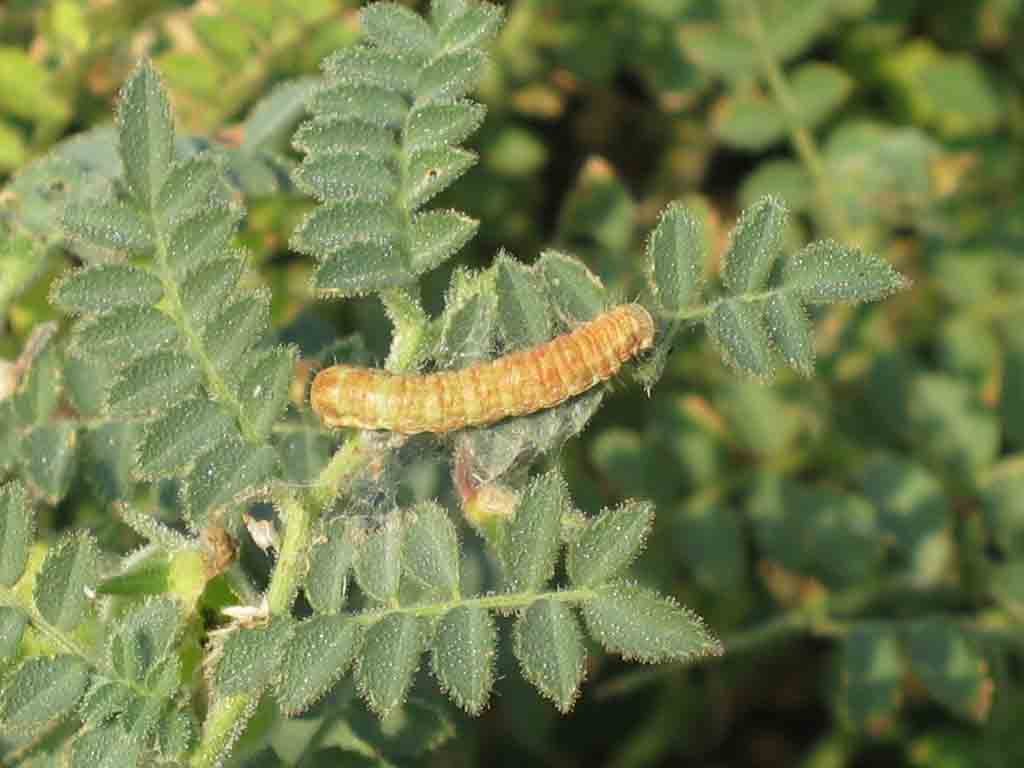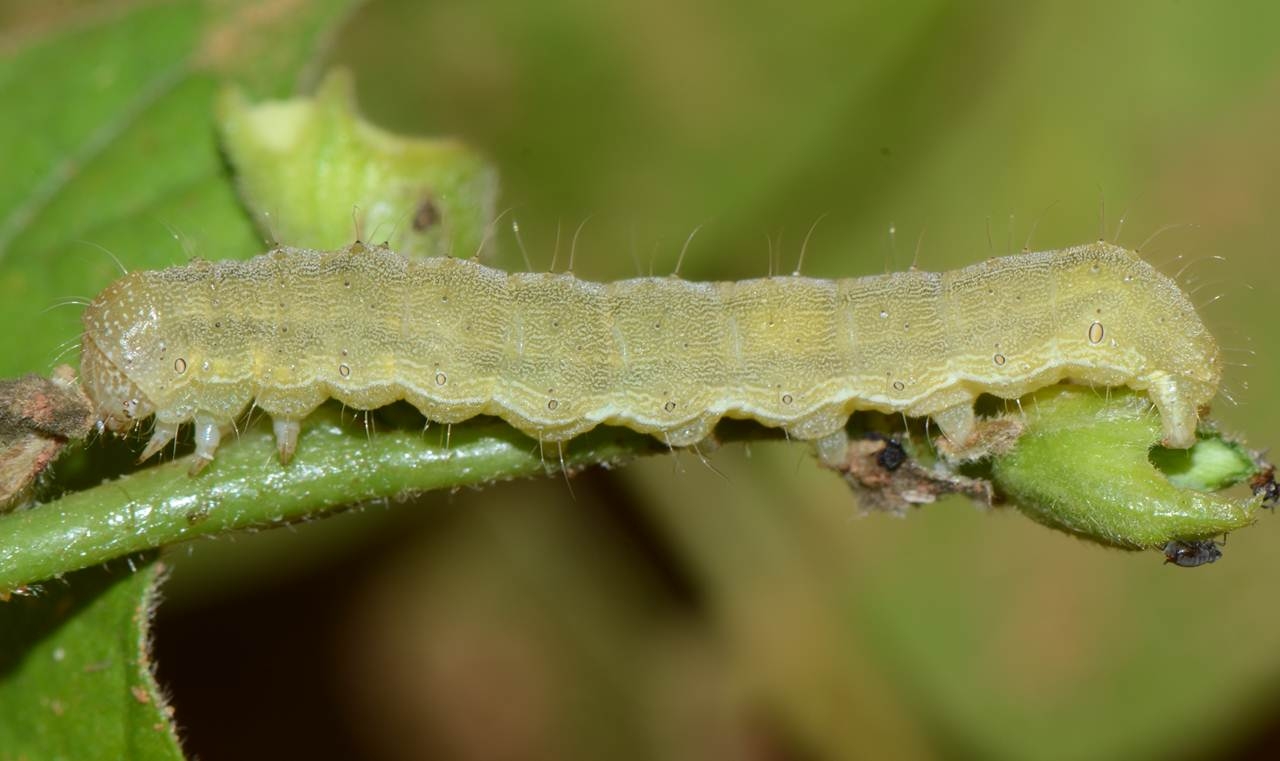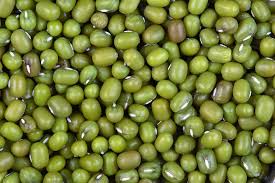Pod borer is a pest that causes heavy damage to chickpea. In fact, this pest is reported to have caused yield loss of up to 21%. The pest is reported to cause about 50 to 60% damage to the chick pods. Apart from chickpea the pest also attacks pigeon pea, sunflower, cotton, chili, sorghum, groundnut, tomato, and other agricultural and horticultural crops. It is a devastating pest that attacks pulses and oilseeds.
Infestation: The infestation starts usually a fortnight after germination and becomes serious just after the initiation of flower bud coupled with cloudy and humid weather. Females lay several small white eggs. Upon hatching in 3-4 days the caterpillars feed on the leaves for a short time and subsequently attack the pods. A full-grown caterpillar is about 34 mm long, greenish to brownish in color with scattered, short, white hair and buries itself in the soil to make an earthen cell inside which it pupates. The life cycle is completed in about 30-45 days. The pest completes eight generations in a year.
Share


